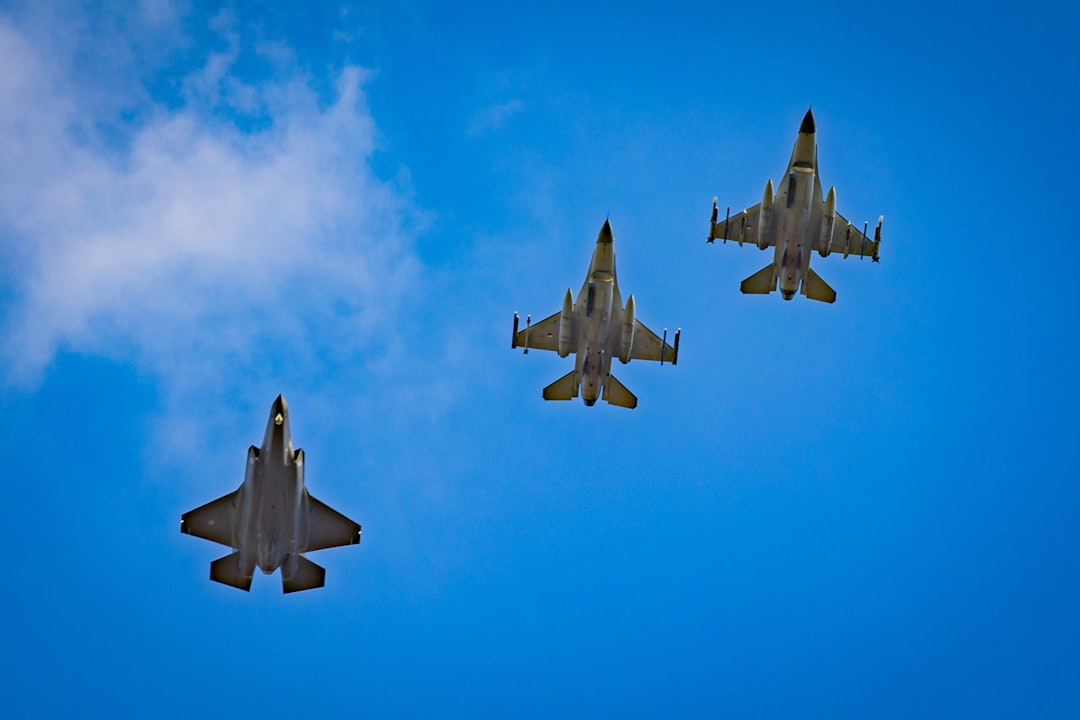
Order Cut Underscores Pentagon Budget Constraints
The U.S. Air Force trimmed its F?35 jet request from 48 to 24 aircraft, per a Bloomberg report citing a Defense Department procurement document.
This follows Secretary of Defense Pete Hegseth’s directive to slash military spending by 8% over five years.
Total cost for the reduced order: $3.5?billion, plus $531?million in advance procurement funds.
Financial Impact on Lockheed Martin
Lockheed Martin (NYSE:?LMT) is the Pentagon’s largest defense contractor, and the F?35 program—estimated at roughly $2?trillion over its lifetime—remains its flagship project. Cutting orders can:
Compress short?term revenues tied to F?35 deliveries.
Strain program margins, given high fixed development and production costs.
Pressure order book visibility, affecting future cash?flow projections.
For a deep dive into Lockheed’s revenue streams, expenses, and cash?flow trends, see the Full Financials as Reported API. It provides quarterly and annual income statements, balance sheets, and cash?flow statements—essential for modeling the P&L impact of squeezed defense orders.
Market Sentiment & Analyst Ratings
Following news of reduced F?35 purchases (including planned cuts by the Navy and Marine Corps), investors will watch Lockheed’s analyst consensus:
Buy/Hold/Sell breakdown
Average price target vs. current stock price
Upside/downside potential
The Company Rating API aggregates this data, offering a quick snapshot of Wall Street sentiment toward LMT.
Outlook: Balancing Drones, Budgets, and Backlogs
Drone Adoption: Growing interest in unmanned systems may shift future Pentagon procurement priorities away from manned platforms like the F?35.
Backlog Resilience: Despite cuts, Lockheed’s multi?year F?35 backlog still represents hundreds of jets in various stages of production.
Diversification: Lockheed’s defense portfolio spans missiles, satellites, and naval systems, cushioning F?35 revenue swings.
